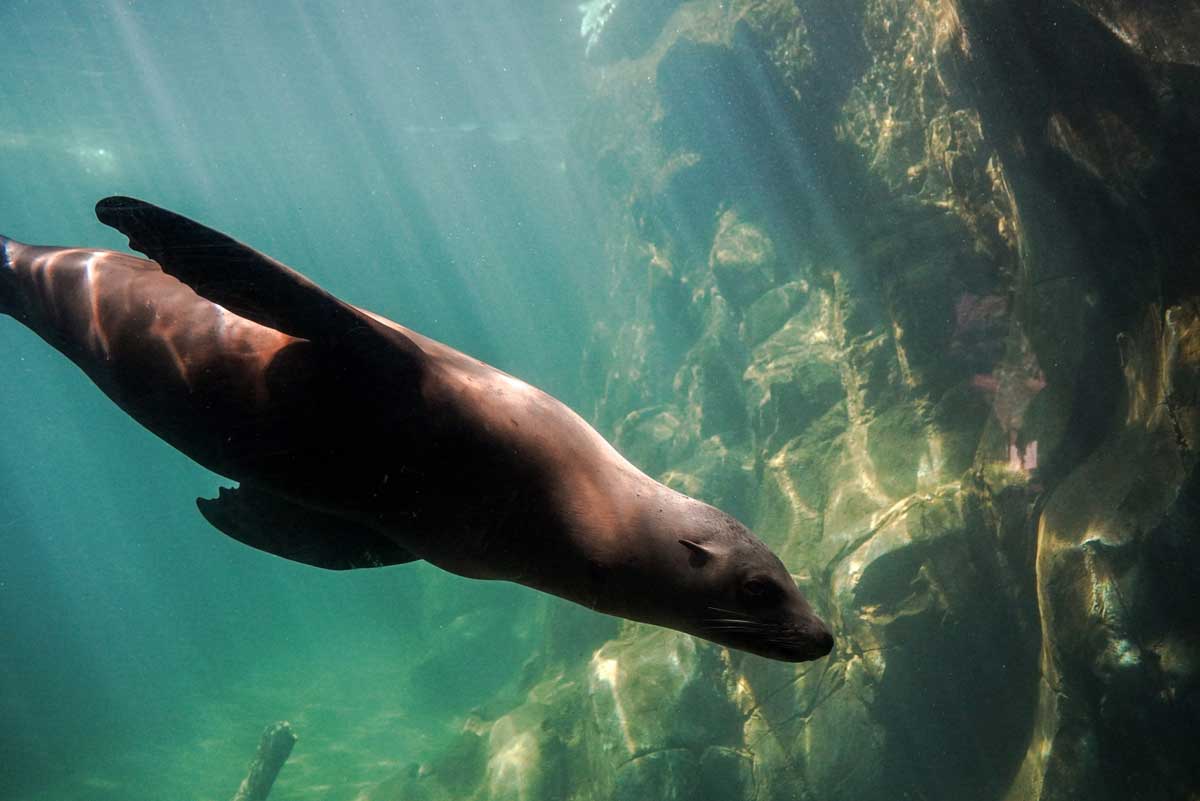Authors: Dr. Arshad M. Khan and Meena Miriam Yust
If a warm glow of satisfaction descends upon us on occasion, perhaps when doing something of benefit to our community, it might not be as deserved as we assume when we go about sorting plastic waste, unscrewing colored tops from clear bottles and so forth, for the weekly visit of the recycling truck.
Plastic is more of a nuisance than we realize. From washing ashore on beaches to the heights of Everest and the depths of the Mariana Trench, plastic is everywhere. And it is not just the ubiquitous transparent bottle … cups, plates, straws, food wrappers, cigarette butts, single-use bags are some other items, even our toothbrush or the dish we rest the soap on or … . Some 275 million metric tons of plastic was generated in 2010 of which up to 12.7 MT entered the oceans.
There the plastic bottle breaks down into microplastic pieces but these are estimated to take four-and-a-half centuries to decompose. Ingestion by animals of micropieces or larger endangers health and can be fatal.
Turtles mistake plastic sheeting or bags for jellyfish. If the plastic gets lodged in their digestive system, they may have a sense of fullness and no longer feed, leading to starvation and death.
With sea birds like the albatross, the plastic can get stuck in their gizzard and they begin to lose weight because they cannot eat efficiently.
Marine mammals are also affected including baleen whales which filter large amounts of water whence the plastic gets in between the baleen plates. Toothed whales, seals and manatees ingest the plastic with subsequent digestive problems eventually resulting in early death.
Why do we not recycle the plastic that was being sorted assiduously at the beginning of this short article? Well, it is not as easy as it seems. Take the transparent bottle. Once it’s been melted and reconstituted, it is no longer colorless. The name for this plastic is polyethylene terephthalate or PET and when it is melted, its consistency changes voiding usage. So it has to be mixed with HDPE or high density polyethylenes, the kind used in detergent containers or milk jugs. Melting it together with PET, a sturdier plastic results, and it can be used for products like park benches or garbage bins.
Not all plastics mix. If one were to melt the polyethylene detergent container together with its top and make a bottle, it would be too brittle for use. So the top has to be removed and treated separately and lines of workers sort and separate such items before recycling.
It gets worse. Take for instance, deodorant containers: the bottle and the ball cap can be different plastics, and food packaging films are multilayered plastics, all difficult to separate. Some 100 million tons of food packaging films are produced annually across the world, and scientists are busy trying to develop solvents to strip away the different layers. Of course, the solvent must also not strip off the next layer.
In the U.S., PET and HDPE plastics are commonly recycled. The others end up in landfills: Of these PVC is used for cosmetic containers; LDPE for squeeze bottles, trash bags and cling wrap; PP for microwave dishes, ice cream and yogurt cartons plus cups for detergent containers. Then there is PS that is used for CD and video cases, and single-use plastic cups for cold drinks and cutlery. Hot drinks require EPS foam polystyrene cups, and EPS is also used for takeaway food trays and in protective packaging. All of which makes one realize how much our lives are entwined with plastic.
The sad truth is that in 2018, the US recycled only 3 million tons of plastic, sending 27 million tons to landfills. Worse still, of the total 6.3 billion tons of plastic waste that has been generated globally, just 9 percent has been recycled, 12 percent has been burned and approximately 80 percent has ended up in landfills.
Proposals are in the offing for biodegradable plastics but these alternatives are not as strong or cheap or easy to make. In the meantime, the recycling symbol can perhaps be thought of more as one of hope rather than reality.


